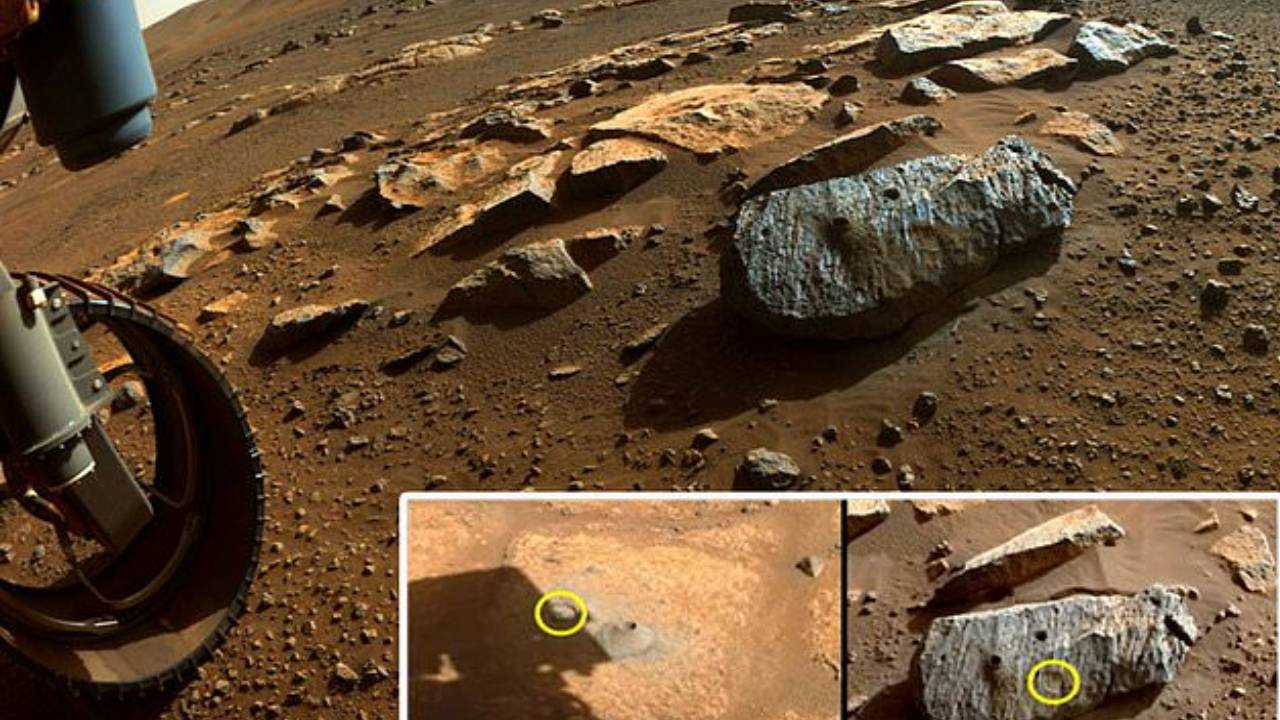NASA’s Perseverance spacecraft, which has been on a mission to Mars for some time, collected two rock samples. Initial examinations of the samples show that the rock fragments were in contact with water for a long time in the past.
NASA sent on a long and arduous journey to Mars on July 30 last summer. perseverance spacecraft. It made a stressful but successful landing on February 18. Perseverance, which has been exploring the Jezero crater since then, launched its first sample collection attempt at the beginning of August, but the first attempt was unsuccessful.
Then the second and third trials were held on 6 and 8 September. Two different rock samples were collected in these two trials. These two examples, called Montdenier and Montagnac, are currently It is stored in special tubes in the body of Perseverance.
Signs of ancient life on Mars are getting stronger:
Perseverance has many goals in its mission to Mars. On the one hand, the spacecraft, which collects data that will help to examine the climatic conditions of the Red Planet in more detail, on the other hand, the existence of the spacecraft, which is almost sure, but requires more data.looking for traces of u.
This is actually the reason why the Jezero crater was chosen because there are approximately 3.5 billion years ago there was a lake known. However, there were doubts as to whether the lake in the region was a lake fed by underground water resources or a region filled with flood waters and remained as a lake for a much shorter period of 50 years.

RELATED NEWS
Catching Up with the Jetsons: NASA Begins Tests of All-Electric Flying Taxi
The first information from the specimens Perseverance collected was that the rock fragments were with groundwater for many years. shows that they carry traces of continuous interaction. NASA geologist Katie Stack Morgan emphasizes this issue at a press conference and also states that if the rocks are in contact with water for many years, there may also be examples of microbial life in them.
However, we need to wait a little longer for all these data to be examined and the results to come. Because NASA can only use the samples Persevarance collected. in the 2030s aims to bring it back to our planet. Once the samples are on Earth, they will be studied in collaboration with NASA and the European Space Agency (ESA).
Source :
https://www.sciencealert.com/perseverance-s-rock-samples-boost-the-case-for-ancient-life-and-water-on-mars?utm_source=feedburner&utm_medium=feed&utm_campaign=Feed%3A+sciencealert- latestnews+%28ScienceAlert-Latest%29
